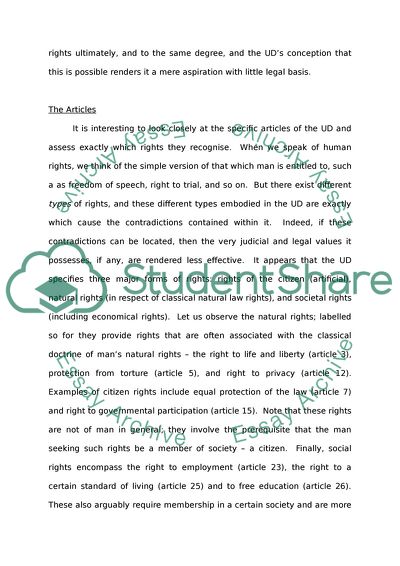Cite this document
(The Universal Declaration of Human Rights Essay, n.d.)
The Universal Declaration of Human Rights Essay. https://studentshare.org/law/1744705-what-is-the-legal-and-judicial-value-of-the-1948-universal-declaration-of-human-rights-critically-assess-its-legal-significance-of-the-universal-declaration-of-human-rights
The Universal Declaration of Human Rights Essay. https://studentshare.org/law/1744705-what-is-the-legal-and-judicial-value-of-the-1948-universal-declaration-of-human-rights-critically-assess-its-legal-significance-of-the-universal-declaration-of-human-rights
(The Universal Declaration of Human Rights Essay)
The Universal Declaration of Human Rights Essay. https://studentshare.org/law/1744705-what-is-the-legal-and-judicial-value-of-the-1948-universal-declaration-of-human-rights-critically-assess-its-legal-significance-of-the-universal-declaration-of-human-rights.
The Universal Declaration of Human Rights Essay. https://studentshare.org/law/1744705-what-is-the-legal-and-judicial-value-of-the-1948-universal-declaration-of-human-rights-critically-assess-its-legal-significance-of-the-universal-declaration-of-human-rights.
“The Universal Declaration of Human Rights Essay”. https://studentshare.org/law/1744705-what-is-the-legal-and-judicial-value-of-the-1948-universal-declaration-of-human-rights-critically-assess-its-legal-significance-of-the-universal-declaration-of-human-rights.


